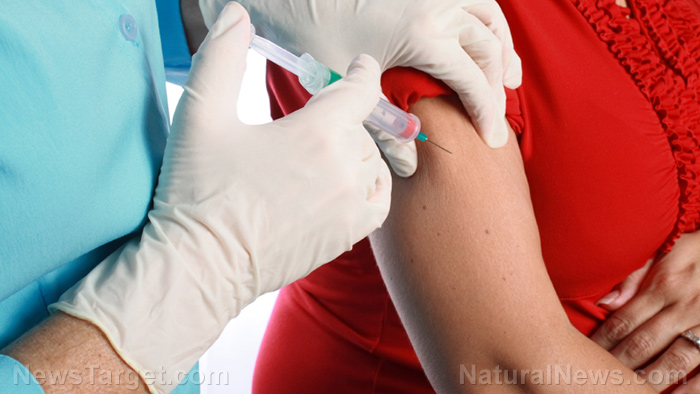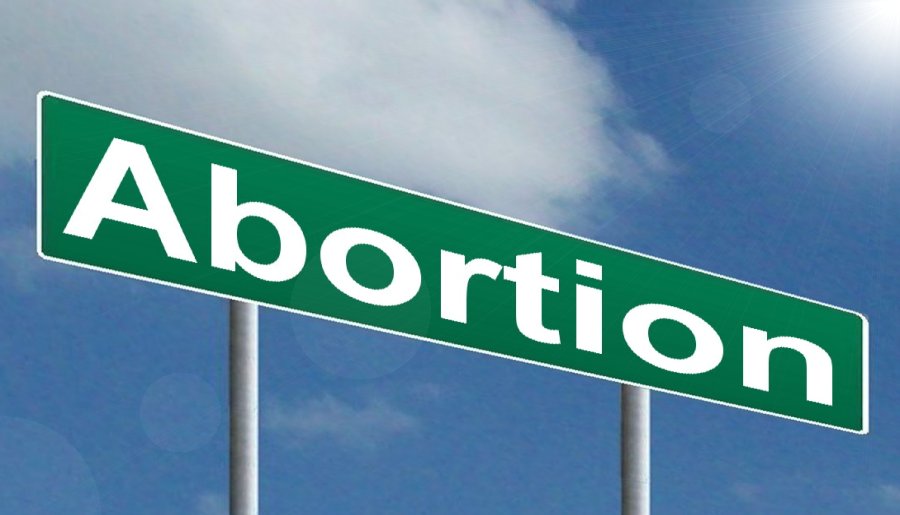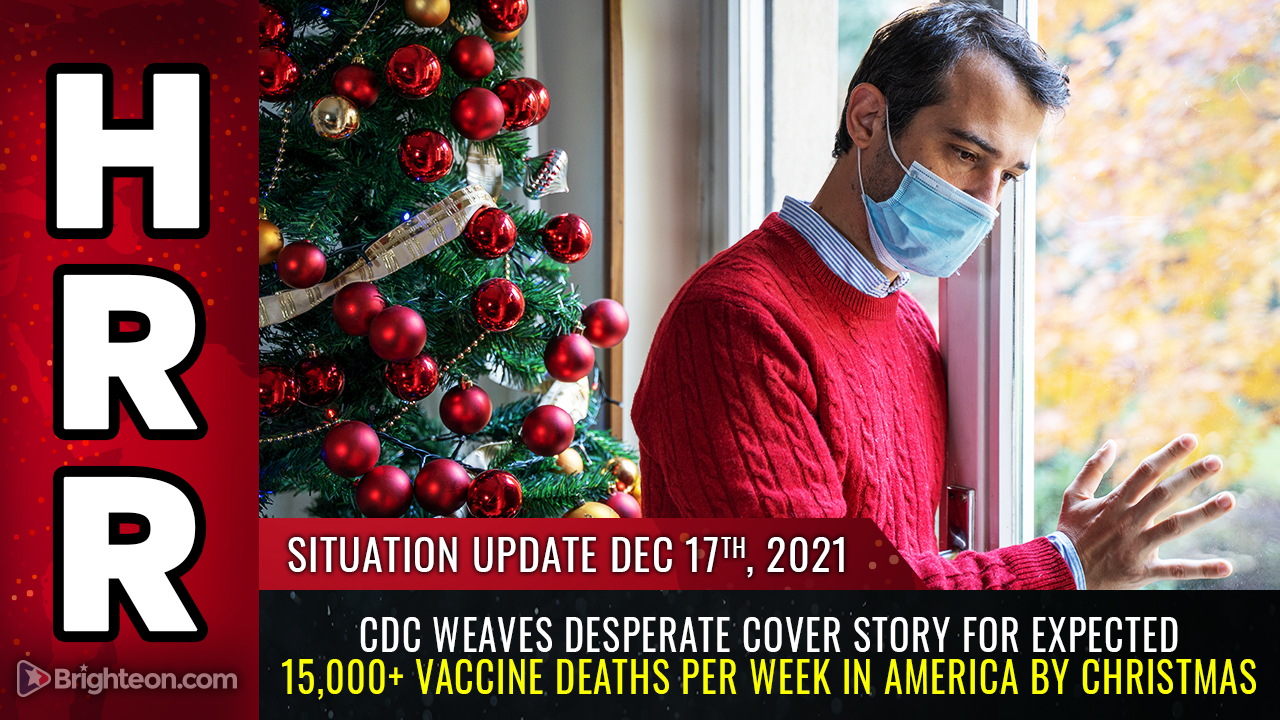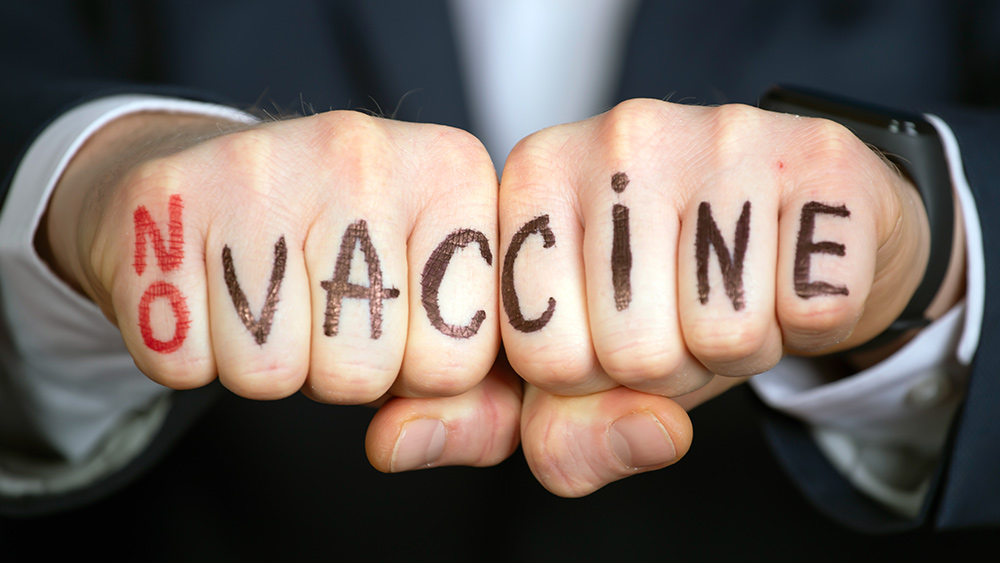Worsening mouse plague ravages rural Australia
06/27/2021 / By Divina Ramirez
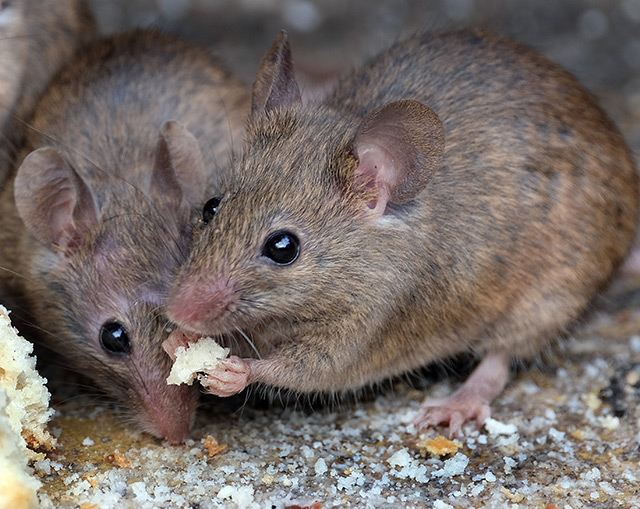
Thousands of house mice have been sweeping across rural communities in New South Wales (NSW), Australia since March, destroying crops and terrorizing residents. Many spine-chilling videos that circulated online showed that the rodents were invading homes and entering barns, eating anything and everything.
The plague is a blow to farmers in NSW, some of whom have lost entire harvests and hay bales practically overnight. Many farmers have resorted to burning their own crops in a desperate bid to escape the plague. Some farmers have also made their own traps in light of trap shortages in stores.
Colin Tink, a 63-year-old farmer from eastern Australia, said he’s never seen such a plague in all his years farming nor a drought like the one that preceded the plague, which turned fertile lands into dust bowls.
That’s why when the rains finally ended the drought last year, Tink thought his fortunes were changing.
The rains led to an unusually productive harvest from September to March. Farmers filled their silos with grains and their barns with hay. Tink himself grew enough hay to feed his cattle for two years.
Unfortunately, the productive harvest only set the stage for one of the country’s worst infestations to date. Thousands of mice burrowed deep into hay bales for food and shelter. What the mice don’t eat gets ruined anyway because their urine trickles through the hay, causing barns to stink.
Experts think farming practices contributed greatly to the plague. To maintain moisture in Australia’s arid soil, farmers just sow new crops directly onto the old stalks that were left in the ground instead of starting on a fresh slate. The old stalks served as food and shelter for the mice on top of the productive harvest.
The unusually productive harvest likely drew mice to the farms much earlier than usual, said Steve Henry, researcher at the Commonwealth Scientific and Industrial Research Organisation (CSIRO). Consequently, mice began breeding earlier than usual as well.
Henry calls the mice “breeding machines” because of how fast they reproduce in a season. A single pair of breeding mice, which start breeding at the age of six weeks, can produce over 500 offspring in a season.
Toxic chemical rejected for use on mice
Farmers in NSW, the worst affected state, have warned authorities that the infestation could cost them $1 billion AUD ($765 million USD) in lost crops and poison baits.
In response, NSW officials filed an emergency request with the federal government’s Australian Pesticides and Veterinary Medicines Authority (APVMA) in May to approve the widescale use of the poison bromadiolone. The poison, which kills vermin by preventing blood from clotting, is currently banned from use in fields.
NSW Minister for Agriculture Adam Marshall said the use of the poison will be a lot like “napalming” the mice.
The proposal to use the poison is part of a mouse control package worth $50 million AUD to help farmers deal with the mouse plague. The package also includes plans to develop a technology to sterilize the mice and possibly prevent future infestations.
But the APVMA rejected the request to use bromadiolone, citing concerns that it might leave harmful residues, harm wildlife and impact farm exports. (Related: Living in a poison paradise: 11 Environmental toxins and how to avoid them.)
The poison was already rolled out for distribution across the worst affected areas. Moreover, hundreds of farmers had already applied for its usage. The NSW government didn’t comment on whether it will appeal the decision of the APVMA. However, authorities said the APVMA has approved a range of other emergency permit applications to give farmers other options.
Follow Environ.news for more articles about the mouse plague devastating Australia.
Sources include:
Tagged Under: Australia, biblical, Collapse, crops, disaster, end times, environment, infestation, mice, pests, Plague, prophecy, rat infestation, rat plague, Rats
RECENT NEWS & ARTICLES
COPYRIGHT © 2017 PLAGUE INFO







